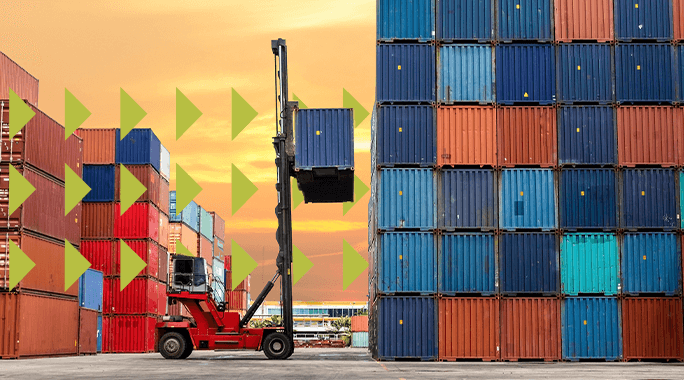BLOG POST
Your Shipping Invoice Explained

Reading Time: 5 minutes
Shipping invoices are great tools for tracking how and where you spend your money. Even better, you can use the information to improve your profit margin - if only you knew what it all meant. You've been meaning to better understand your invoices, but when they come at the same time your inventory arrives or when orders need filling, it's often faster to pay the invoice now and learn later. To help you make sense of your parcel and freight invoices, we've answered frequently asked questions from small businesses. You can use these explanations to gain insight into the effectiveness of your shipping strategy.
Basic details for understanding your shipping invoice
Delivering your parcel and freight shipments
Why accurate shipment weight and dimensions matter
Help protect the value of your freight and parcel shipments
Get your shipping invoices in one place
Now that you have a better understanding of how to read your invoice, use what you've learned to build a better shipping strategy. But that can be easier said than done - especially when you're working with several carriers and multiple parcel and freight documents. Each carrier's invoice comes on different dates with different billing cycles and different formats. Making comparisons between shipping documents can be like trying to complete a jigsaw puzzle with missing pieces.
When you work with a third-party logistics (3PL) company, the puzzle is already put together. You get one consolidated invoice of all your carriers, making for easy comparisons.
At Worldwide Express, we take it even further. Your shipping expert will show you how to leverage the information in your invoice, perhaps by conducting a freight audit, to your advantage and help you create a shipping strategy that's more effective for your bottom line. See how we can help






